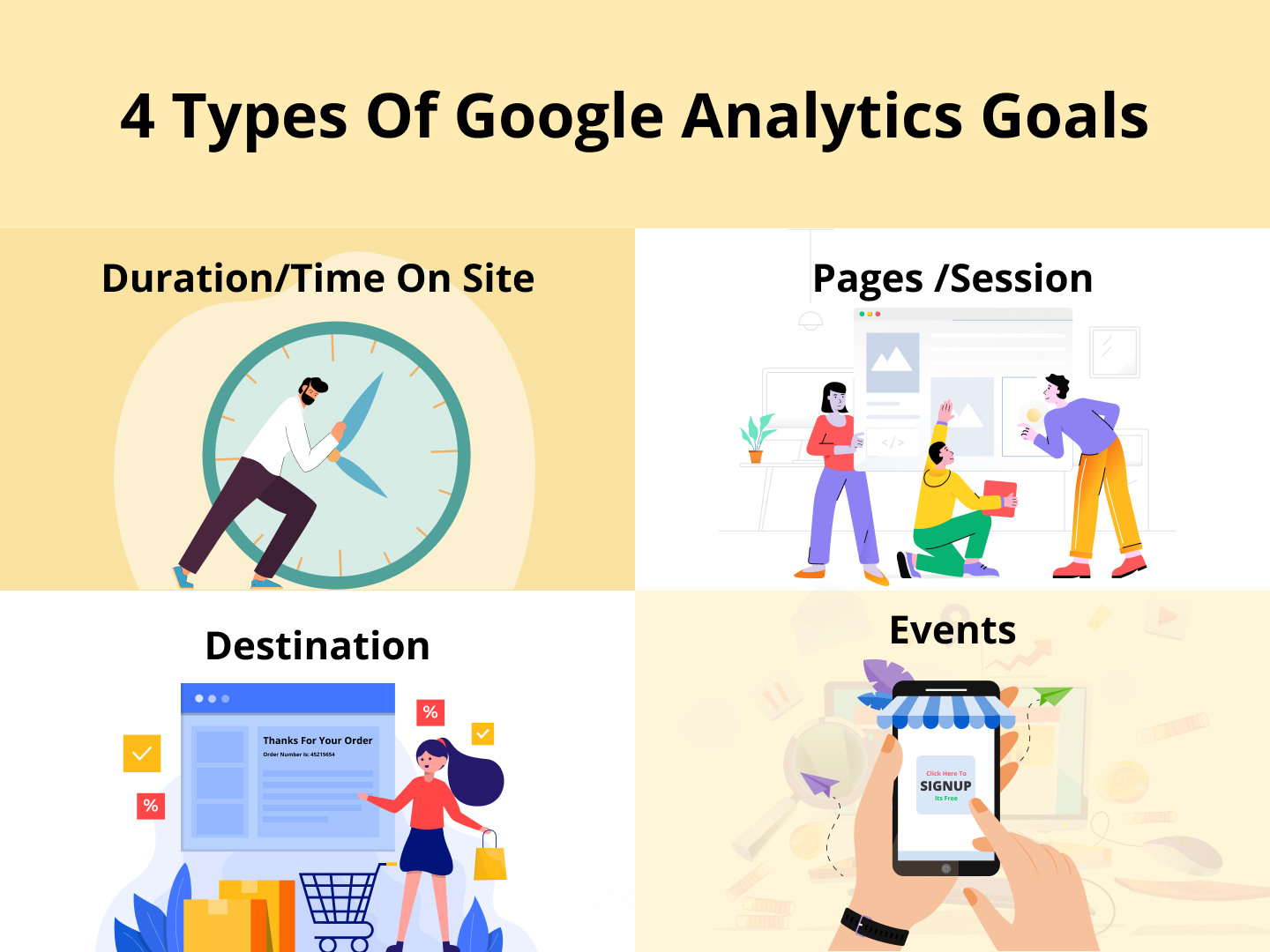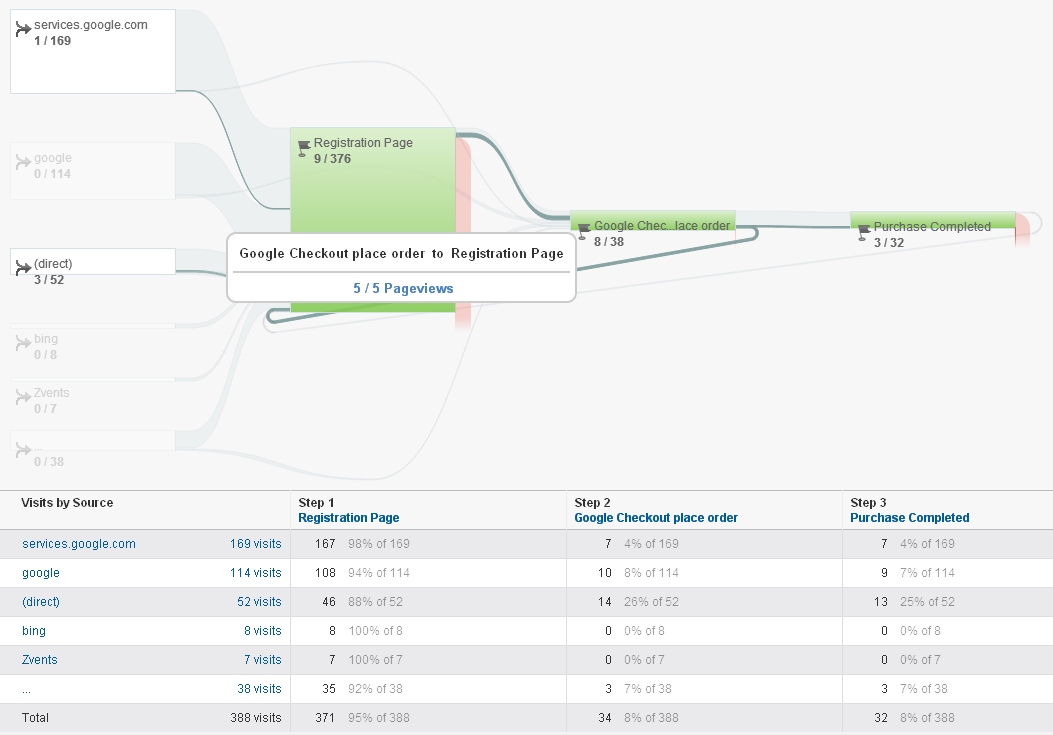What Data Is Google Analytics Goals Unable to Track: A Total Overview
Debunking Google Analytics Limitations: Reveal What Information Goals Can not Track
In the realm of digital analytics, Google Analytics stands as an effective tool that offers useful understandings right into internet site efficiency and individual behavior. In the middle of its capabilities, there exist limitations that frequently go unnoticed. Understanding what Google Analytics can not track is critical for a comprehensive grasp of information interpretation and decision-making procedures. From the ins and outs of customer communication with vibrant content to the complexities of cross-device individual journeys, these limitations clarified areas that may stay obscured from traditional analytics point of views. By untangling these constraints, a more clear photo arises, enabling even more informed strategies and improved insights into individual involvement and conversions.

Customer Communication With Dynamic Content
Individual communication with dynamic content plays an essential duty in understanding customer actions on sites and maximizing the total customer experience. Dynamic web content refers to elements on a website that can transform without the requirement for a complete web page reload. This includes interactive aspects such as pop-ups, sliders, forms, and video clips that respond to user actions in real-time. By tracking individual interactions with vibrant content, website proprietors can obtain valuable insights into customer interaction, preferences, and behaviors.
Google Analytics supplies numerous devices to track customer communications with vibrant material, such as occasion monitoring and online pageviews. Event tracking enables you to check certain customer activities, like clicking a button or seeing a video clip, offering information on exactly how individuals connect with vibrant components. Virtual pageviews can be used to track communications that do not cause a brand-new web page tons, providing a comprehensive view of customer involvement with dynamic web content. By examining this information, website owners can make enlightened decisions to enhance customer experience and drive conversions.
Cross-Device User Journeys
Exactly how can contemporary analytics devices track the complex paths users take across numerous gadgets in their on-line journeys? Cross-device individual trips offer a significant challenge for tracking and evaluating customer actions precisely. As users engage with sites or apps using numerous gadgets such as desktop computers, tablet computers, and smartphones, it becomes crucial to understand exactly how they relocate between these systems to optimize customer experience efficiently.
Google Analytics faces limitations in tracking cross-device individual trips as a result of personal privacy problems and technological restrictions - what data is google analytics goals unable to track. While it can offer insights into private devices' interactions, tracking a seamless individual journey across multiple devices remains an obstacle. This constraint can cause incomplete information and fragmented user insights, making it challenging for companies to create a unified sight of the consumer journey
To resolve this concern, services can use advanced analytics devices that provide cross-device monitoring abilities, allowing them to obtain an extra alternative understanding of user habits. By leveraging these tools, organizations can connect the gap in tracking cross-device customer journeys and optimize their digital strategies for a seamless user experience.
Offline Conversions and Acknowledgment
As services navigate the obstacles of tracking cross-device individual trips, one more pivotal facet to think about is the world of offline conversions and acknowledgment in the world of information analytics. While Google Analytics provides useful insights right into online customer habits, it fails when it pertains to tracking conversions that occur offline. This restriction positions a significant difficulty for businesses that have both online and offline sales networks.
Offline conversions, such as acquisitions made in physical shops or with telephone call centers, are important to comprehending the complete customer trip. Without the capacity to attribute these offline conversions to details online interactions, organizations may battle to accurately determine the influence of their electronic advertising initiatives.
To resolve this gap, services can discover alternate remedies such as integrating CRM systems with on the internet analytics devices or utilizing special promotion codes that can be traced back to on-line projects. By bridging the gap in More Help between online and offline data, organizations can acquire an extra thorough understanding of their customers' behavior and improve their general advertising and marketing strategies.
Individual Individual Identification
In the realm of data analytics, the capability to properly recognize specific customers throughout numerous on-line touchpoints is a crucial difficulty for services seeking to customize and maximize their advertising and marketing approaches. While Google Analytics provides valuable insights into individual behavior and interactions, it falls brief in enabling the identification of specific people as a result of personal privacy concerns and technical restrictions. Google Analytics makes use of special identifiers such as cookies to track individual sessions and habits, but these do not equate to identifying specific customers in a personal sense.

Data From Secure Pages
In spite of the enhancing frequency of safe pages on web sites, obtaining data from these encrypted resources provides an one-of-a-kind difficulty for digital analytics platforms like Google Analytics. Protect web pages, suggested by HTTPS in the link, encrypt information traded in between the customer's browser and the internet site's server to make sure privacy and security. While this encryption is essential for shielding delicate info, it also positions constraints for tracking user habits and celebration analytics data.
Google Analytics deals with challenges in collecting thorough info from safe web pages helpful site due to the encryption procedures in position. Consequently, certain data factors such as recommendation resources, keyword searches, and also some user interactions may not be totally caught when customers access a website through a safe link. This constraint can affect the precision and efficiency of the data analysis, resulting in spaces in comprehending customer actions and choices on protected web pages.
To browse this challenge, digital analysts may need to explore alternative monitoring methods or leverage other tools specifically designed to gather insights from protected pages. By adapting approaches to suit these constraints, organizations can still obtain important article source analytics regardless of the restrictions presented by encrypted connections.
Final Thought
In verdict, Google Analytics has limitations in tracking individual interaction with vibrant web content, cross-device customer journeys, offline conversions, specific user identification, and data from protected web pages. These restrictions impede a thorough understanding of individual behavior and might cause voids in information analysis. Regardless of its beneficial insights, Google Analytics may not give a total photo of individual interaction across numerous touchpoints. It is essential for organizations to be knowledgeable about these restrictions and consider auxiliary tools for a more all natural view of their information.
User communication with dynamic material plays an important duty in recognizing individual actions on sites and maximizing the overall individual experience. By tracking user interactions with vibrant web content, site proprietors can obtain important insights right into individual involvement, preferences, and actions.
Google Analytics uses special identifiers such as cookies to track user sessions and behavior, however these do not relate to identifying private customers in an individual sense.
As a result, specific information points such as reference sources, keyword searches, and even some individual communications might not be totally recorded when users access a web site via a safe and secure link.In conclusion, Google Analytics has restrictions in tracking individual communication with vibrant web content, cross-device individual journeys, offline conversions, private customer recognition, and information from safe and secure web pages.